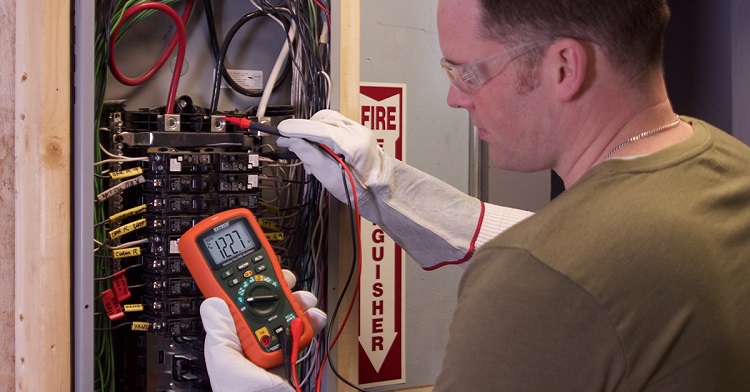Multimeters, also known as Volt-Ohm-Milliammeters (VOM), are an important tool that is used for testing and troubleshooting electrical connection and different circuit issues. Most of these 12 volt electronics are designed to measure more basic circuit characteristics, but there are some models that can do much more. Digital multimeters are more widely used than their analog counterparts and here are a few reasons why these are the more popular choice.
Applications
Without any further ado, here are the applications of a multimeter listed in a nutshell. This tool provides high output impedance, reduces interpolation errors and when compared to analog models it can provide considerably more accurate results. Next, when using digital 12 volt electronics such as a multimeter there is no need for any previous adjustments, these eliminate the Parallax error, and they let you measure time and frequency too. And lastly, they come in a small, pocket size which makes them easy to carry around and maneuver.

Benefits
One very important benefit of digital multimeters is the level of accuracy it provides. They show very high precision, and display readings in 4 decimal places. When it comes to the readings, you needn’t worry even if you are a newbie as it is quite simple and it gets easier with a bit of practice. A digital multimeter uses a 7 segment display that automatically shows the results on an LCD screen.
Unlike analog multimeters, with digital ones you don’t have to pay attention to the position of the needle pointer on the scale in order to read the values. And, finally, one of the best and probably most valued benefits of using digital over analog multimeter is that it can read both positive and negative values. The option to read negative values is especially beneficial when measuring voltage.
Features
Multimeters are used by both technicians and DIY enthusiasts. They mostly use these for finding out if the circuit is AC (Altering Current) or DC (Direct Current). What’s the difference? Well, in direct current the electric charge only flows in one direction, whereas the electric charge in alternating current changes directions periodically. And since the current changes positions, the voltage in AC also periodically reverses. During the measurement of the current, make sure that you always start from the highest possible range and work your way down until you find out the desired range.
Additionally, a digital multimeter plays the role of a continuity check. This means that you can check for any broken wire or possible loose connection in an electric device. While you are soldering wires, if you hear the device beep then you will know that everything is alright and there isn’t a damaged device. And lastly, these multimeters can measure the duty cycle of a sine wave with the purpose of looking for any possible distortion in the connection.





















You must be logged in to post a comment Login